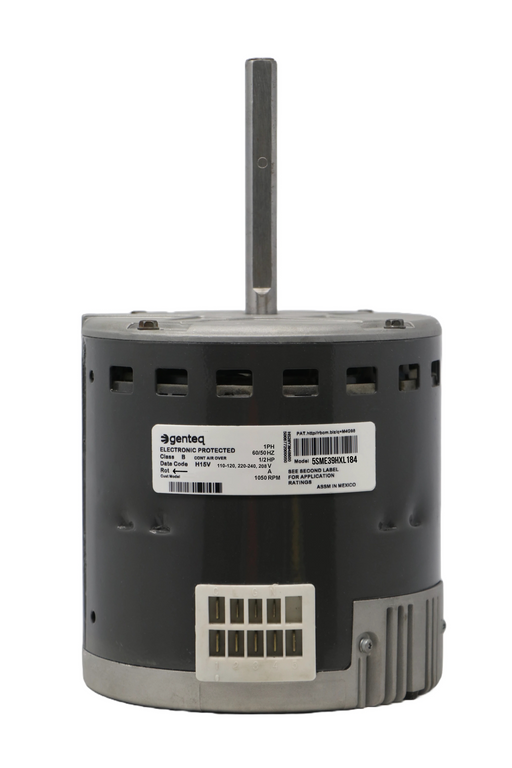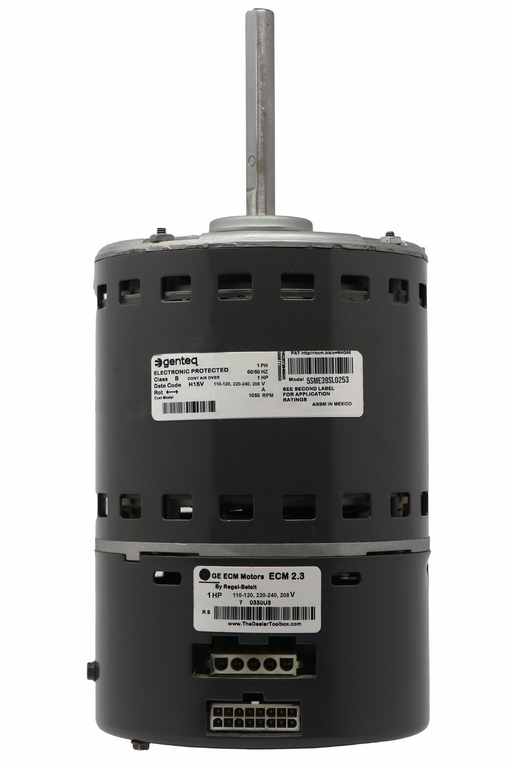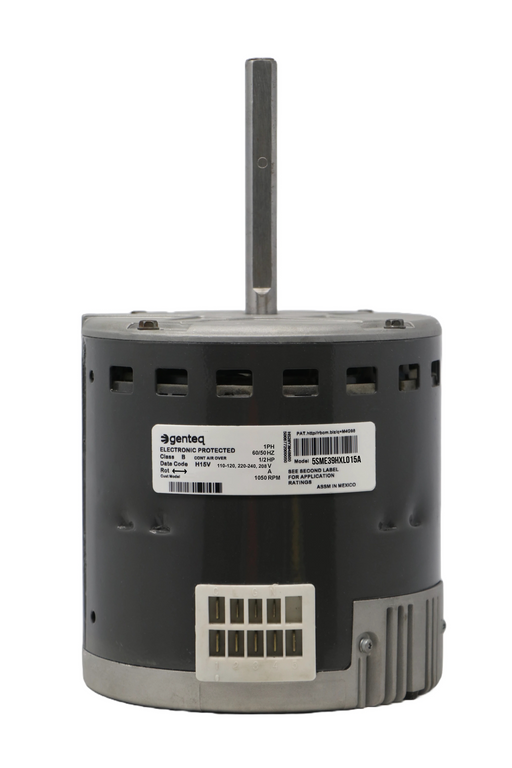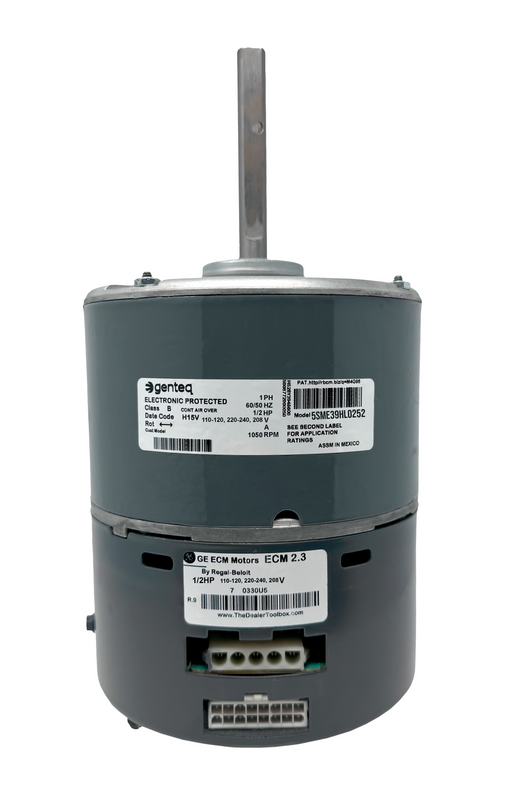(813) 440-8108

How to Change Blower Motor Speed: A Comprehensive Guide
Changing the speed of a blower motor is crucial for maintaining optimal HVAC performance and energy efficiency. Different methods are available to achieve this, each suited to specific types of blower motors and applications. Understanding these methods and their applications can help you select the most appropriate technique for your system.
In this article, we will first provide an overview of the various methods to control blower motor speed. Following this, we will offer detailed step-by-step instructions for each method. Finally, we will address frequently asked questions to help you troubleshoot common issues and gain a deeper understanding of blower motor speed control.
Overview of Methods to Change Blower Motor Speed
There are several methods available to adjust the blower motor speed, each offering different levels of precision, ease of implementation, and suitability for various types of motors and applications.
1. Adjusting the Blower Motor's Speed Settings
Many HVAC systems have blower motors with built-in speed settings that can be adjusted via the system's control panel or thermostat.
2. Using a Variable Frequency Drive (VFD)
VFDs are used to control the speed of AC blower motors by adjusting the frequency of the electrical power supplied to the motor.
3. Adjusting Motor Resistor Settings (For PSC Motors)
PSC motors often use resistors to control speed. Changing these resistors can effectively adjust the blower motor speed.
4. Replacing the Blower Motor with a Variable Speed Motor
Upgrading to a variable speed motor offers precise speed control and improved energy efficiency.
5. Using an Adjustable Pulley
For some blower motors, particularly in commercial systems, adjusting the pulley size can change the motor speed.
👉🏻 Read More: How to Replace HVAC Blower Motor
Step-by-Step Instructions for Changing Blower Motor Speed
As mentioned earlier,, changing the speed of a blower motor involves various methods, each suitable for different types of motors and specific applications. To effectively manage this, it is essential to follow precise steps for each method to ensure optimal performance and safety. By understanding and applying the correct techniques, you can significantly improve your HVAC system’s efficiency and functionality.
Method #1 - Adjusting the Blower Motor's Speed Settings
- Locate the Control Panel: Find the HVAC system's control panel, usually near the furnace or air handler.
- Access Speed Settings: Open the panel to access the speed settings. You may need a screwdriver to remove the panel cover.
- Select Desired Speed: Use the provided controls to select the desired blower speed. Settings typically range from low, medium, to high.
- Secure the Panel: Once the adjustment is made, secure the panel cover back in place.
Remanufactured Motor by United HVAC Motors
2 Year Replacement Warranty (Terms Apply)
Plug n Play - 100% Programmed
Match your Motor Model N...
Remanufactured Motor by United HVAC Motors
2 Year Replacement Warranty (Terms Apply)
Plug n Play - 100% Programmed
Match your Motor Model N...
5SME39HXL184 GE Genteq Blower Motor ECM X13 1/2 HP
5SME39SL0253 GE Genteq Blower Motor ECM 2.3 1 HP
Method #2 - Using a Variable Frequency Drive (VFD)
- Install the VFD: Connect the VFD to the blower motor’s power supply.
- Set Parameters: Program the VFD with the desired speed settings and parameters.
- Control Speed: Use the VFD interface to increase or decrease the motor speed as needed.
Method #3 - Adjusting Motor Resistor Settings (For PSC Motors)
- Locate Resistors: Identify the resistors connected to the blower motor. These are usually found in the control box.
- Change Resistor Settings: Adjust the resistor settings to change the motor speed. Be sure to consult the motor’s manual for specific instructions.
- Test the Motor: After adjusting, turn on the HVAC system to test the new speed setting.
Method #4 - Replacing the Blower Motor with a Variable Speed Motor
- Select Compatible Motor: Choose a variable speed motor that is compatible with your HVAC system.
- Install the Motor: Replace the old blower motor with the new variable speed motor, following the manufacturer’s installation instructions.
- Program the Motor: Program the motor using the provided interface to set the desired speed profiles.
Method #5 - Using an Adjustable Pulley
- Access the Motor: Turn off the power and access the blower motor and pulley.
- Adjust the Pulley: Use an adjustable pulley to change the motor speed. Tightening the pulley will increase the speed, while loosening it will decrease the speed.
- Secure the Pulley: Once adjusted, ensure the pulley is securely fastened.
Frequently Asked Questions (FAQs)
Why is my blower motor running at a constant speed?
A: This could be due to a lack of adjustable settings or a malfunctioning control system. Check if your system supports speed adjustments and ensure the control panel is functioning correctly.
Can I use a VFD with any blower motor?
A: VFDs are typically used with AC motors. Ensure your motor is compatible with a VFD before installation.
How do I know if my blower motor has adjustable speed settings?
A: Consult your HVAC system’s manual or contact the manufacturer to determine if your blower motor supports adjustable speed settings.
Is it safe to adjust the blower motor speed myself?
A: If you are not experienced with HVAC systems, it is recommended to seek professional assistance to avoid potential hazards and ensure proper adjustments.
👉🏻 Read More: Understanding the Different Types of Blower Motors for HVAC Systems
Summary
Controlling the speed of your blower motor can optimize HVAC performance, improve comfort, and reduce energy costs. Whether you’re adjusting speed settings, using a VFD, changing resistor settings, upgrading to a variable speed motor, or adjusting the pulley, there are several methods to achieve the desired results. Explore our range of remanufactured blower motors on our website to find the perfect solution for your HVAC system and enhance its performance today.
5SME39HXL015A GE Genteq Blower Motor ECM X13 1/2 HP
Remanufactured Motor by United HVAC Motors 2 Year Replacement Warranty (Terms Apply) Plug n Play - 100% Programmed Match your Motor Model N...
View full details5SME39HL0252 GE Genteq Blower Motor ECM 2.3 1/2 HP
Remanufactured Motor by United HVAC Motors 2 Year Replacement Warranty (Terms Apply) Plug n Play - 100% Programmed Match your Motor Model N...
View full details





